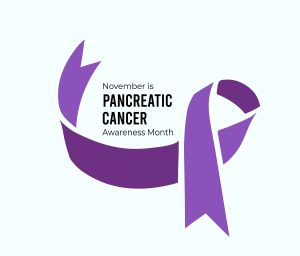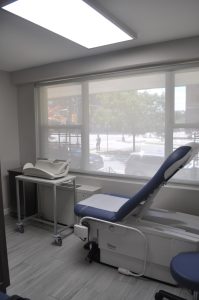 Dancers, runners, and other athletes are at a heightened risk for a variety of different physical injuries and conditions affecting the feet and legs. Shin splints (also known as medial tibial stress syndrome) are a particularly common type of athletic injury, though anyone can get them.
Dancers, runners, and other athletes are at a heightened risk for a variety of different physical injuries and conditions affecting the feet and legs. Shin splints (also known as medial tibial stress syndrome) are a particularly common type of athletic injury, though anyone can get them.
People with shin splints typically experience soreness, tenderness, pain, and swelling along the inner side of the shin bone and lower leg. Rest, ice, and over-the-counter pain medication are often enough to treat shin splints, but if left untreated, they may lead to a stress fracture.
Although you’re likely to experience shin splints at some point as an athlete, there are several steps you can take to reduce your risk or the severity of your injury. These include:
Exercising in moderation: Shin splints are strongly tied to excessive workouts involving running or other high-impact activities. Work out at a consistent, moderate intensity to allow your muscles, joints, and bones time to recover.
Using supportive footwear: Shoes, arch supports, and insoles also play a significant role in preventing injuries to your feet and legs. You should periodically replace the shoes you wear while exercising, use arch supports to manage shin splint pain, and use shock-absorbing insoles.
Include lower-impact activities in your workout: You can reduce your risk of sustaining shin splints by adding less intense activities, such as walking or biking, to your workout. Strength training can also help your feet and legs withstand the effects of high-impact exercises.
Ease into changes in your workout routine: Shin splints often occur in athletes that have made sudden changes to their workouts. You can reduce your risk by making more gradual changes to your routine.
If you start to experience pain in your lower legs that may indicate shin splints, you can schedule an appointment with a podiatrist at Flushing Hospital Medical Center’s Ambulatory Care Center by calling (718) 670-5486.
All content of this newsletter is intended for general information purposes only and is not intended or implied to be a substitute for professional medical advice, diagnosis or treatment. Please consult a medical professional before adopting any of the suggestions on this page. You must never disregard professional medical advice or delay seeking medical treatment based upon any content of this newsletter. PROMPTLY CONSULT YOUR PHYSICIAN OR CALL 911 IF YOU BELIEVE YOU HAVE A MEDICAL EMERGENCY.









